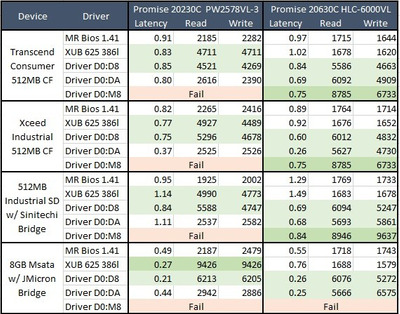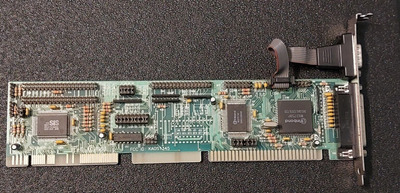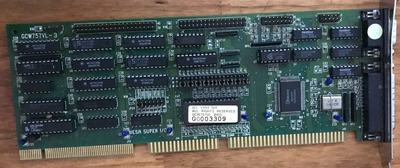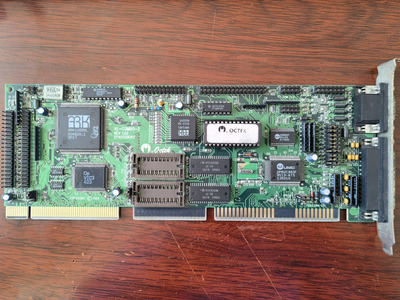Reply 180 of 262, by douglar
- Rank
- Oldbie
https://web.archive.org/web/19970503160903/ht … ext/2277w95.txt
There are (2) versions of the 2177/2277. If you have the 2177/2277 and/or
your simms are vertical then Win95 drivers are available. Part number
#900088-89b. Please contact Sales Dept. @ (408)942-4000 and order the
2177/2277 Win95 drivers and Eprom upgrade kit for $25.00 + shipping.
If you have a 2177A/2277A and/or your simms are horizontal then Win95 drivers
are currently being developed. Part number #400510-89a.
There is no ETA (estimated time of arrival) for the completion of that project.
I see a bios and driver here from 1998:
https://web.archive.org/web/19980611074043/ht … drivers/ide.htm
But it looks like it is for the Tekram card (2277vl) , not the Atronics (2277a) card.
There are some cached snapshots from 1999/2000 that suggest additional info but it was all SHTML and it didn't wayback correctly and seems like a pretty long shot that they came out with an updated driver for a 5-6 year old product while business was falling apart.






